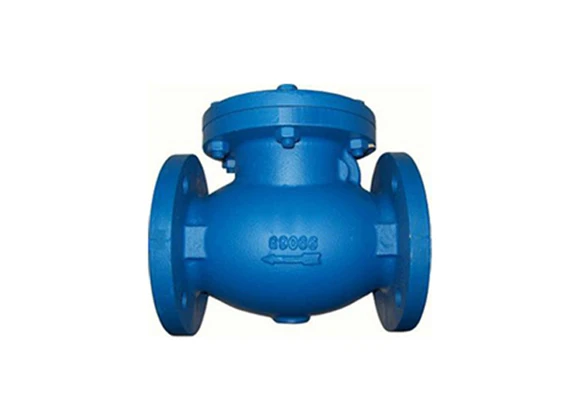Feb . 13, 2025 14:10
Butterfly wafer type valves, with their distinctive compact design and enhanced functionality, are making waves across industries. Having spent over two decades in the fluid control sector, I have witnessed firsthand the prowess of these valves, not just as a solution but as a revolutionary component that optimizes performance and efficiency.

While working as an engineer in the early 2000s, I encountered numerous valve types, ranging from gate valves to ball valves. Each type served its purpose, yet none offered the unique blend of benefits that the butterfly wafer type valves deliver. These valves are perfect for systems where space is a premium, and precision is a must. Their design is a testament to engineering ingenuity — simple, effective, and reliable.
One of the standout features of the butterfly wafer type valve is its slim profile. Unlike traditional valves, it doesn’t require additional space around the pipe, which drastically reduces the bulk of the installation. This aspect is particularly beneficial in industries like ship-building and chemical processing, where space and weight savings translate into significant operational advantages. During my tenure at a maritime engineering firm, we transitioned to using these valves extensively on our ships. The impact was immediate — a lighter vessel improved speed and fuel efficiency.

The installation process itself is a testament to the expert design behind the butterfly wafer type valve. It lines up perfectly between flanges and can be installed without having to disassemble the piping system. This feature is invaluable for maintenance engineers, reducing downtime during service periods. My experience with replacing traditional valves with butterfly wafer models has shown up to a 50% reduction in installation time, a finding corroborated by other fluid control experts.
Moreover, these valves boast exceptional versatility. They're suited for both on/off and throttling services. Whether you're managing the flow of water, gases, or chemicals, the butterfly wafer valve offers control precision that’s difficult to match. During a project with a chemical manufacturing plant, we tailored these valves to regulate various fluids under different pressures and temperatures. The plant reported not only enhanced safety standards but also increased throughput thanks to the precision these valves offered.
butterfly wafer type valve
Additionally, butterfly wafer type valves are cost-effective over the lifecycle of industrial equipment. Their durable construction materials — often stainless steel or other corrosion-resistant alloys — ensure longevity even in harsh environments. In regions with corrosive saltwater exposure, such as coastal desalination facilities, these valves have demonstrated their resilience, ensuring uninterrupted operation over years. My involvement with a desalination project along the Pacific coast revealed significant savings on maintenance costs, as these valves required fewer replacements and servicing.
With technological advancements, manufacturers are continuously refining butterfly wafer type valves, enhancing their sealing mechanisms and introducing automation capabilities. These improvements not only bolster their reliability but also integrate seamlessly with modern automated systems for better predictive maintenance. It's not just about having a valve; it's about having a valve that aligns with contemporary industrial needs while maintaining peak performance.
For businesses considering butterfly wafer type valves, the decision should stem from comprehensive needs analysis and consultation with seasoned professionals. Weigh the specifics of your fluid dynamics and industrial requirements. Engage with industry experts who can provide insights based on years of hands-on experience and technical prowess.
In conclusion, the butterfly wafer type valve stands as a pivotal innovation for modern industries moving towards smarter, more efficient systems. Its design, durability, and operational excellence converge to provide solutions that withstand the rigors of industrial demands. As an expert who has seen the transformative impact of this valve, I advocate for its widespread adoption to meet the challenges of tomorrow’s fluid control needs.


 Call us on:
+86-311-86935302
+86-311-86935302
Call us on:
+86-311-86935302
+86-311-86935302
 Email Us:
info@thriveonvalve.com
Email Us:
info@thriveonvalve.com South of Huanmadian Village Town, Ningjin County, Xingtai, Hebei Province, China
South of Huanmadian Village Town, Ningjin County, Xingtai, Hebei Province, China